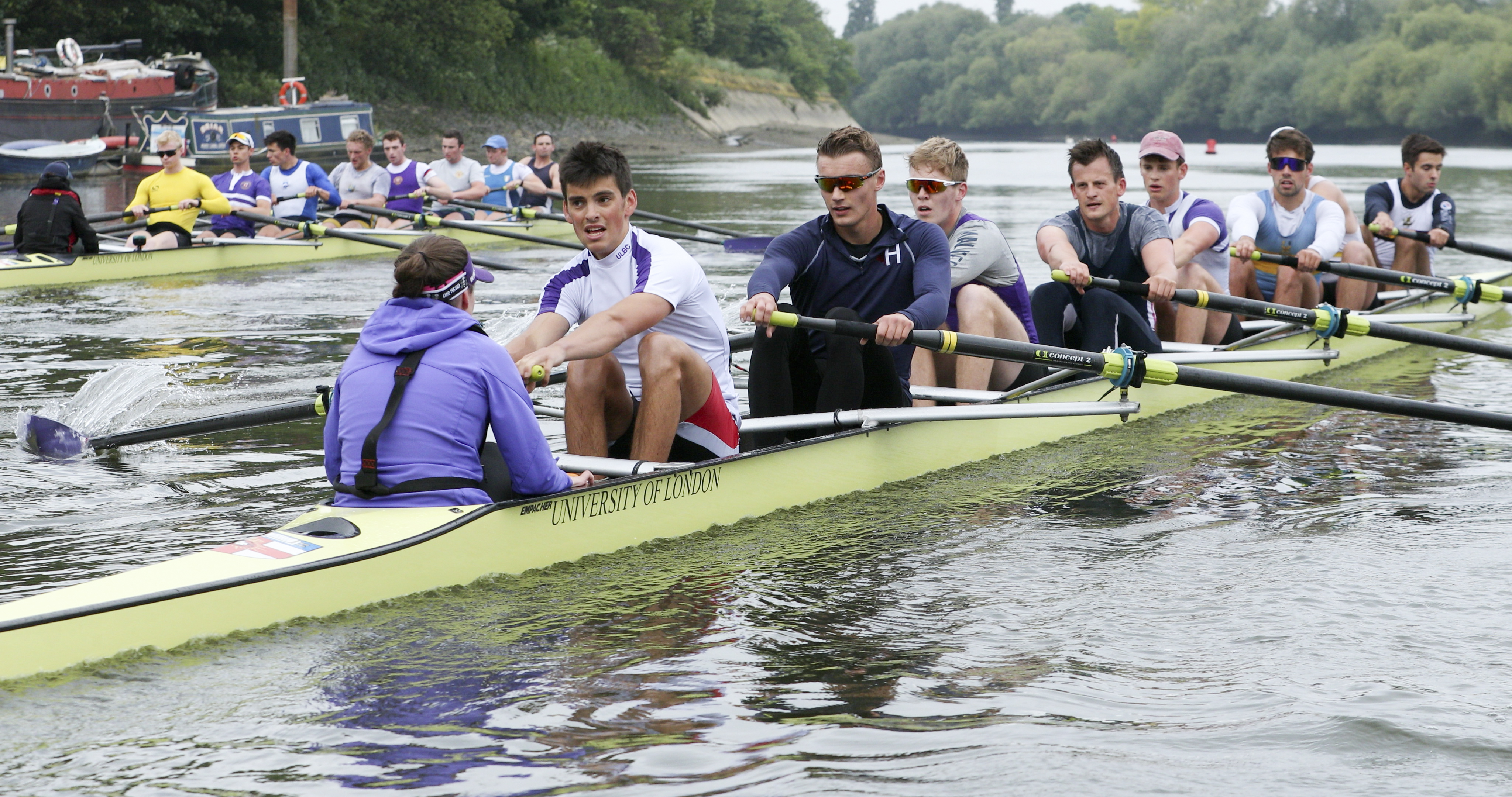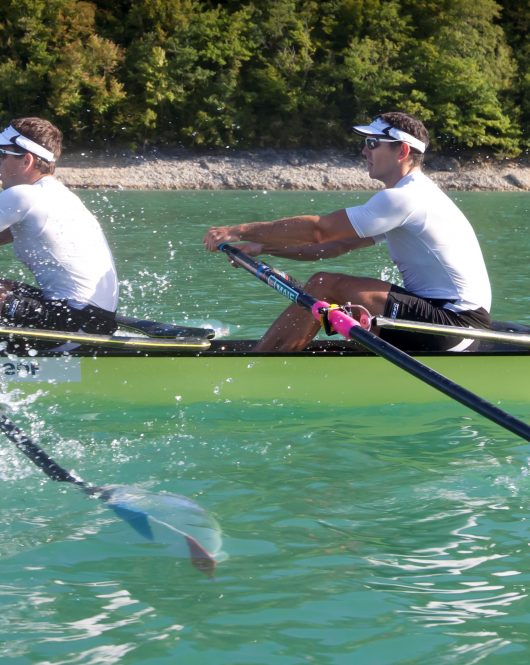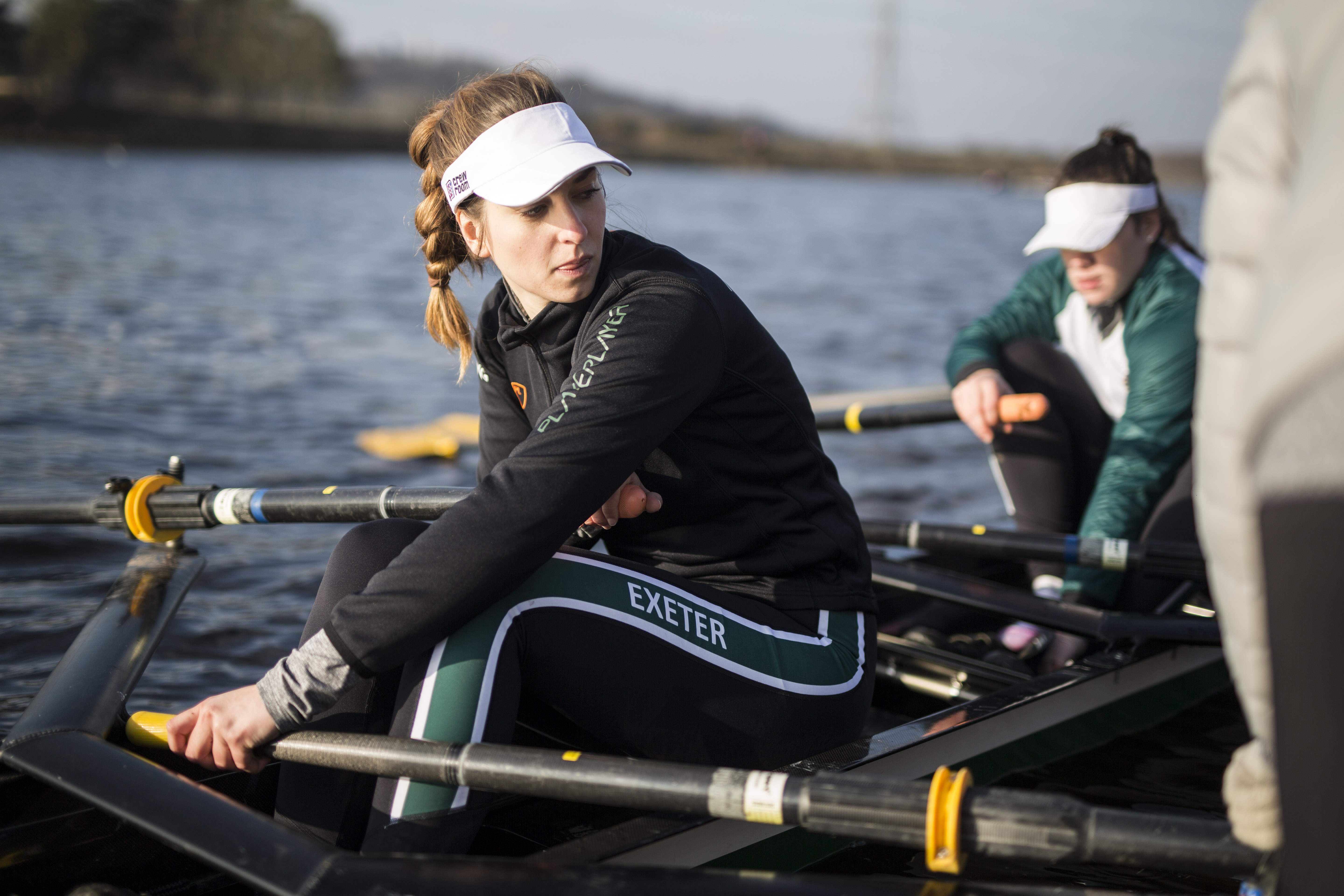So much time and effort goes into training. Very often that all goes to waste because not enough attention is placed on monitoring both the training and the recovery.
Simply putting a few key metrics in place and recording them regularly reduces the chance of underperforming or becoming ill.
Dr. Mark Homer gives us a some great tips and ideas.
The great Finish middle and long-distance runner Pavo Nurmi would train and race with a stopwatch to monitor his pace and distribute his effort evenly. Probably considered eccentric at the time as he circled a Helsinki track looking down at his clock, Nurmi went on to dominate multiple events at the Antwerp and Paris Olympics of 1920 & 1924. One hundred years later, the information available to athletes and coaches that can inform their preparation and performance is infinitely more voluminous and detailed, much of it calculated by devices smaller than Pavo’s early 20th century stop-watch.
Moving 1960’s saw major advances in training methodology, nutrition and recovery across the sporting landscape. Performances improved and the margins of victory became narrower, with athletes and coaches seeking the edge that would bring them victory once all the low hanging fruit had been picked.
The Digital Revolution has often been touted as the marginal gain that can help athletes to make advancements that would not be possible with a stopwatches and a coach’s eye. There is little doubt that the ability to measure and monitor an increasing combination of technical and physical determinants in granular detail can improve performance if used correctly. Let’s explore some of the ways in which effective athlete monitoring can help improve performance:
The Benefits of Athlete Monitoring
Planning effectively
At the most basic level, accurate records of what an athlete has done provide a solid foundation for measuring the effect of training. Measures of volume (frequency, duration and intensity) are the starting point for analysis and allows for simple comparisons to be made between or within programmes. The addition of internal metrics such as heart rate, rate of perceived exertion, speed etc provide further depth regarding an athlete’s response and gradual adaptation to the prescribed training. These measures also allow the relationship between prescribed and delivered to be tracked, as they do not always line up, particularly in a training group of mixed abilities.
Support during rehabilitation
Away from training data, markers of health and wellbeing provide understanding of how an athlete is responding to and recovering from the training stimulus – do they need more space to adapt or can they be pushed on for addition gains? One of the most popular uses of data in sport is the calculation of acute and chronic workloads. Comparing the characteristics of the most recent block of training to its predecessors has proved useful in the reduction of injuries and illness caused by changes in overall load.
Identifying strengths & weaknesses
Detailed monitoring allows a coach to better understand the variables that determine an optimal performance and identify where their athletes can make meaningful improvements. For example, an athlete who favours endurance training may benefit from more strength work as large gains could be made quickly, rather than ever increasing load for minimal return. Identifying the factors that determine success and profiling athletes with valid monitoring tools allows coaches to identify where individual can improve, rather than applying a one-size-fits-all programme.
Research & Innovation
The goalposts in sport are always moving. What was good enough to win one year may not make the podium the next. Programmes must evolve to keep up. The principles of monitoring discussed here provide a framework for assessing what works and what doesn’t. The introduction of novel interventions need to be assessed accurately – based on data rather than a hunch, then incorporated into normal practice or discarded as a gimmick.

Monitoring in Rowing: A Case Study
The sport
At first glance, rowing is a sport that lends itself well to data analytics. It is a physiological straight-line sport with no opponent interaction. However, being an outdoor pursuit that is generally crew based adds several extraneous variables that make dissecting performance incredibly difficult. As any rowing coach will know, the differing effects of head and tail wind often make time a useless parameter when assessing rowing performance. Also, crew dynamics (particularly during unmonitored racing) make the relative contribution of each crew member difficult to judge.
The problem
Cyclists tend to train solely in the saddle, lifting few weights with a simple ability to compare their outdoor and indoor power data seamlessly. This provides a near complete picture of their training load which is all in the same language. For rowers, the combination of water, ergometer and strength training that make up most programmes is difficult to summarise. The sport’s large technical component can affect the validity of power measures on the water, while the trusty ergo will measure output in a different way. Throw in the impact of strength work and keeping track of load becomes a daunting proposition.
During my time as a sports scientist in elite rowing, this conundrum became more and more clear as the demand for enhanced analytics increased. While the data available became richer, our ability to process and combine it was not sufficient, meaning we were not able to see the bigger picture and were undoubtedly missing key opportunities.
The Solution
What we lacked was a global athlete monitoring system that allowed us to see the wood for the treas. It became clear to me that we didn’t necessarily need more data to make gains, we needed to use what we had better. A goal of mine was to reduce the opportunities for ‘cherry picking’ where information is used in isolation to support and argument without all the relevant facts.
Our early attempts to bring data sources together highlighted how difficult the journey would be. After creating a report that summarised an athlete’s strengths and weaknesses, a coach asked me to spruce it up with more graphs. “What kind of graphs” I queried. “I don’t know, line graphs?” was the response. Everybody wants more data, but when pushed, they are often unclear as to exactly what they want to see.
The biggest challenge I found was minimising the culture change required to implement a better way of working. Coaches and athletes develop their own methods and are often reluctant to change. An effective system needs to be as automatic and simple as possible. This will ensure that data is used to supplement the coaching process rather than dictate it. Collection and analysis should not replace athlete interaction or interfere with other priorities. Also, the landscape is always changing. An effective athlete management system needs to be agile, able to cope with the increasing amount of information that can be produced in different areas of performance.
Looking forward
An athlete management system will not make somebody immediately faster or stronger. What it will do is improve the accuracy and reliability of athlete information, the efficiency/speed of its collection, and the strength of its impact. Judging the effects of a global athlete management system is difficult, and definitely not immediate. However, the foundation it provides and the space it creates will be clear. The ability to rely on fact rather than anecdote will allow for a consistent approach that will undoubtably lead to sustainable gains in performance.
The realities of this brave new world may not be as straightforward as switching to a new platform. As a coach it is crucial to want to make that change as it will take energy and time. The benefits can be huge but it does require a new way of working. Having said that a good athlete management system will do the hard work for a coach – making things easier rather than tougher. If all this can be achieved, coaches and athletes will be able to take advantage of the detail and insight provided by the wealth of data now available to them.
View more content like this

Crossy's Corner with Julien Bahain, Olympic Rower for France & Canada & Ocean Rower
Julien Bahain has had a fascinating and perhaps unconventional rowing career, for example a back problem being the reason he started the sport in the
America's Cup Team Ineos Grinder & Olympic Rower Matt Gotrel interviewed in Crossy's Corner
Julien Bahain has had a fascinating and perhaps unconventional rowing career, for example a back problem being the reason he started the sport in the
Crossy Gets Cornered: Our Interview with Olympic Champion and Rowing Legend Martin Cross
Julien Bahain has had a fascinating and perhaps unconventional rowing career, for example a back problem being the reason he started the sport in the



